
SERIOUS MUSIC SERVER
About
The STEREOPLAYER is a mature digital source device and conveys a completely analogous music experience.
The development of the STEREOPLAYER was always at the most possible. We do not want to offer component that provides certain features but the ultimate level of a device asset.
We have not wasted a day in the past ten years not to question our own product. A compilation of carefully selected hardware and software components in a modular structure. Future-proof, durable and with a sound performance at the reference level.
Operating System
The STEREOPLAYER has an ultra-light Linux operating system developed by Roon. It was optimized for the tasks that are related to the administration and reproduction of audio signals and is extremely reliable.
Server Software
The ROON Core, which is installed on the STEREOPLAYER, is the brain of a ROON system. It manages your entire library and provides you with a unique visual context.
Control
The STEREOPLAYER works headless, without a monitor, since all the disturbing influences of the GPU are switched off. The operation is conveniently done using mobile phone, tablet or remote desktop. The app for this is unprecedented, there is no alternative that is even approaching this concept. It is free of charge on all devices.

Hardware
Chassis
High quality chassis made of massive sandblasted aluminum. Minimalist timeless design.
Completely fanless concept, the components are cooled using a special heat pipe system and heat sinks, as is known from power amplifiers.
Well-known rack dimension, thus easy integration into a normal rack.
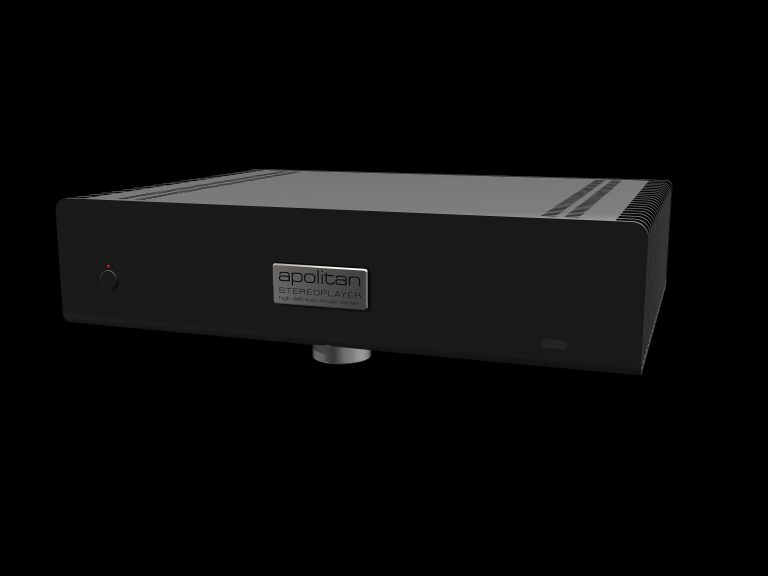
Computer Power
Every music server has a data center. It is responsible for all control and memory functions.
In normal everyday operation, there are no great demands on its performance. A processor utilization of the main CPU is in the range of zero and one percent. And that is also quite wanted.
However, there are also possible constellations that can result in higher processor utilization.
For example, if you want to influence the audio signal in real time. Or if a DAC is used, which better performs when the music signal is upsampled, a CPU can sweat.
Or if you would like to have corrections processed with the help of convolving, for example to make room corrections.
And last but not least, there is always an unknown when we talk about digital signal processing. We do not know whether a format or processing process will be presented in half a year, in two years or maybe tomorrow that presupposes greater performance potential.
We would like to take this into account and decided very early on choosing an "official" hardware setup as a basic equipment.
This is not common, even leading competitors opt for more economic solutions.
This ranges from Intel-NUC platforms, compact main boards, including preinstalled processor to specific all-in-one, PCB boards, to which all fundamentally necessary component groups have been soldered.
The reasons for this decision are simple.
Because, first of all, all of the setups mentioned work. So it can be concealed. The fact that there can be other constellations mentioned above is simply not addressed and therefore does not immediately catch the eye.
The last and mostly decisive reason is - it is cheaper. Much cheaper. We are talking about up to eighty percent cost savings compared to our hardware.
In addition, there are effects for the manufacturer of such concepts that they are not so unhappy about.
There remains space. And with an all-in-one variant, there is an even more comfortable situation. There is no accessible operating system on these control units. It is a so -called firmware. There is no way to control or change them if the manufacturer does not want it.
This firmware is adapted to the limited hardware resources and these are almost exhausted when they are delivered.
That fits perfectly into a modern business concept.
The device is marketed, the customer gets two to three updates and, after around two years, it is made aware that there is now a newer better product.
Perhaps one of the following statements are familiar to you:
"The device cannot do that, but we have a follow -up model / larger model ..."
“There is no update for your device, it is too old in terms of hardware. We are happy to offer you our new ... "
Not only that this behavior is unnecessary resources of our blue planet, it is also a deliberate frustration for the user when he realizes that his investment is such a short joy.
As you have already recognized, we only use high-quality full aluminum housings and durable components in really every area.
We would be incredibly sad if we had to tell you after a usual life cycle of two years: “Dispose of the old device. Buy a new one. "
That is the reason why we stay with our philosophy.
Our built -in components correspond to the international standard format, which there were already twenty years ago and will certainly also be given in twenty others.
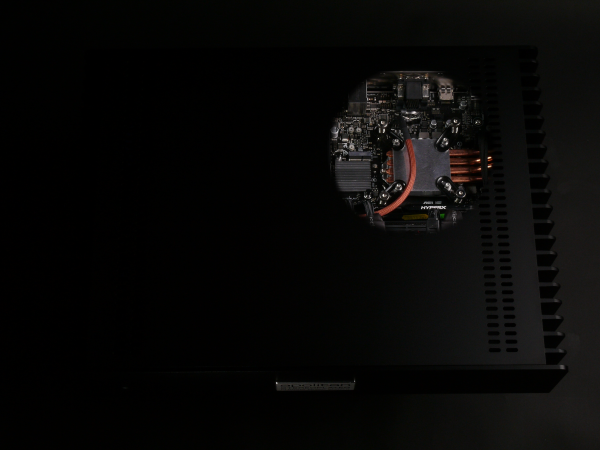
Mainboard with energy-optimized Intel i7-core main processor and 8GB RAM

High quality internal power supply - not a cheap open-frame power supply or plug-in power supply. Completely encapsulated chassis with an energy efficiency of 93%. In contrast to frequently used "open frame power supplies", EMI emissions are completely shielded. Passive operation mode, no forced ventilation (fan).

Samsung SSD Pro for the operating system. Samsung SSD 2TB (other sizes optional) for the music library

(optional)
Teac drive. Special "audio-only" drive as an OEM version. In contrast to multi-drives, much better focus of the audio track. Best rip results
Digital-Analog Conversion
DISCRETE PURE DSD DAC
Analog Out
We build the best DAC in the world.
That's what everyone who introduces a DAC. We also say that, but we don't present what everyone actually presented:
-A DAC, built on a state-of-the-art DAC chip from the largest digital chip houses in the world. Burr-Brown, Sabre, Akm. It is clogged on the supply voltage, with all tricks with transformer and capacitor orgies. At the output amplification, Class-A can be found in Nirvana versions, single ended discrete or tubes in triodes.
-A DAC, built on a NOS DAC chip of the beginnings of the digital age in no oversampling mode and the same effort as just described.
-A DAC, built up from resistor networks that discretely builds the properties of a PCM-NOS-DAC chip, R2R, controlled with an FPGA computer chip and the same effort as just described.
And there is our DAC, the DISCRETE PURE DSD DAC, which simply does everything differently. Simple. Different. We would like to formulate it in the same way.
We are sure that you can create really good converter with all the approaches described above. There is nothing that is not exhausted in the PCM segment, the conventional CD format, and still leaves room for improvement.
When it comes to flesh and blood, analog forensics, we describe the efforts to adapt an analog change to the biometric properties of humans, these concepts remain ours.
We chose the DSD concept. This is old, but should not be a co-criterion, since the terms NOS and tubes have also fallen in the current top notch concepts just mentioned. Old is not synonymous with bad.
In all critical discussions about PCM VS DSD, the same disadvantages of DSD are mentioned.
We can advance that these disadvantages in our concept are simply negligible to be neglected, such as the difficult editability of a DSD file, which only comes into play in music production. Or an increased noise that is not in the listening area and starting with DSD128 principle also outsourced the PCM technology here. In our time, an increased storage demand of DSD files are also negligible, since the storage prices have decreased extremely.
DSD does everything differently.
It makes it better. Unfortunately, the SACD was unable to survive, had economic reasons.
A 1-bit concept is nevertheless easier than a multibit concept. There are only two states 1 or 0.
It is simply possible to trace an analog wave shape by asking the curve at the shortest possible intervals. If a query is "smaller than the one before" you set a zero, it is "larger than that before" you set a one. Consequently, an upsampling in the DSD area is increasing absolutely performance, since the analog signal is asked at shorter intervals and thus getting closer to the analog signal.
It is not for nothing that DSD is also called "digital analogue".
That is the one story. Now you could say, nice, but DSD can do a lot of digital analog converters today.
Not quite right. The omnipotent super chips can do that
NOT WITHOUT INTERNAL INTERIM CONVERSION TO PCM.
The actual advantages of DSD are therefore destroyed again before they can be delivered analog.
If you want to convert a pure conversion without intermediate conversion, however, these super chips are left out. Since there is no finished chip from the shelf, you have to build it yourself. It will be difficult and complex.
But it works. And how!
We gave up all the attempts at compatibility to PCM and only took care of the DSD protocol. You can meet this 100 % with simple discrete components. There is no typical chip sound, there is no programming. It is a rock -solid discrete decoding with the simplicity of a slide.
Then why not everyone else build such a DAC?
It gets a little more difficult because there are several reasons. The DISCRETE PURE DSD DAC is exactly what the title already indicates. Pure DSD. It works overwhelming if you feed it with DSD signals. This does not necessarily have to be native DSD sources, because there are not as many of them as in other formats. But a 44.1kHz PCM Signal also wins after conversion and playback by the DISCRETE PURE DSD DAC of analog authenticity, even an MP3 stream.
However, this conversion requires a potent player who meets this demanding upsampling in real time. The strongest upsample chips can do this up to DSD256. Then it's over. This is where the STEREOPLAYER comes into play, which can fall back on a mighty Intel Core processor, which, by the way, is around six times as expensive as the most exclusive DAC chip, and is able to convert every stream, any source signal on-the-fly to DSD512.
Most DAC developers prefer to trust the trendy highly integrated chips and can brag about compatibility and best measured values. Unfortuntaely you will never achieve the audio nirvana.
Our concept, the combination of a powerful music server with a PURE DISCRETE DSD DAC, reveals you a modern future -proof source component that can actually measure itself with a highest quality analogue setup. A masterpiece.

The heart of every digital source is the digital analog converter

There is no DAC chip, the conversion takes place exclusively with discrete components


The DISCRETE DSD DAC draws its voltage via its own two -stage analog power supply. This is also filtered EMI and DC. The actual highest quality (24 pieces!) voltage regulators are located on the DAC main board, always next to the components that they supply
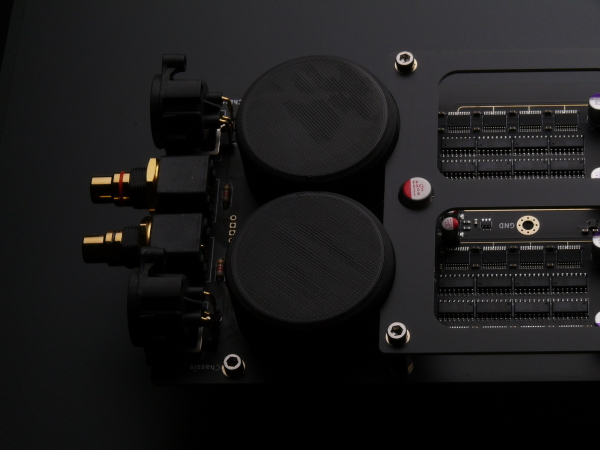
There is no output amplifier. The signal isolated galvanically, optionally single ended via cinch or really symmetrical via XLR
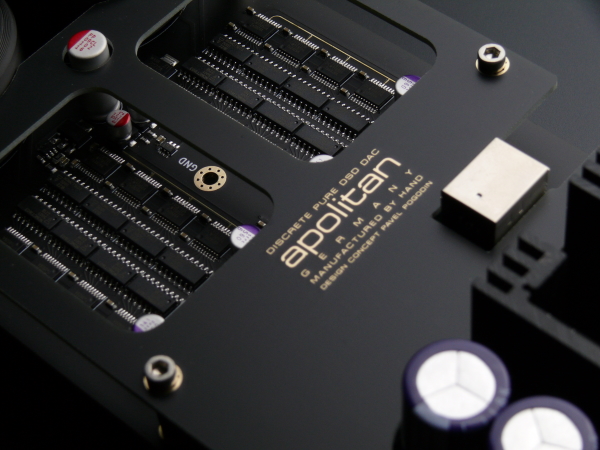
The connection to the mainboard is asynchronous via USB. Even the I2S Interface is modified at seven places in hardware and programmed with special firmware
Testimonials
Feedback
Configuration
After many years with a wide variety of configuration options, we decided to offer the reference configuration as standard. Because even the customers who initially chose an entry-level configuration all ordered the upgrades for reference configuration later. Only the storage capacity of the library hard drive and the definition of a STEREOPLAYER with or without ripping drive are coordinated in advance.
Technical Specifications
Audio Output
Digital Out
USB 2.0 (supports USB Audio Class 2), DOP, Native DSD
Connections
Ethernet
1x RJ45 Ethernet
USB
2x USB 2.0 (DAC), 2x USB 3.0 (Backup)
Formats
CD Format
Red Book
CD compatibility
CD, CD-R, CD-RW
Audio formats for ripping
FLAC (lossless), WAV (lossless)
Audio formats for playback and streaming
WAV, AIFF, FLAC, ALAC, AAC, MP3
Sample Rates
Sample Rates
Native up to DSD512
Bit Depths
16bit, 24bit, 32bit
Control options | Interfaces
Web Interface
Web browser via any Internet browser: Windows, Linux and OSX
Smart Mobile
App for iPhone/iPad, Android and Windows
Autonomous
Control via monitor, keyboard and mouse
Hardware
CD drive
(optional) TEAC „audio only“ Slot-loading drive
Hard drive for the operating system
Samsung SSD Pro
Hard drive for the music library
Samsung SSD 2TB (optional 1TB, 4TB, 8TB)
CPU
Intel i7 Core
RAM
8GB
Streaming | Ripping
Streaming Services
Qobuz, Tidal, Internet Radio
Roon compatibility
Roon Core und Roon Bridge
CD Metadata
automatically
Requirements
LAN Connection
LAN Internet connection to have access to album meta files, for streaming services and the internet radio as well as for software updates
Recommended APP
Roon Remote (iOS and Windows)
Account
For streaming services such as Qobuz or Tidal, usage costs are incurred, depending on the provider
Power
IEC
230V AC / 115V AC
Physically
Dimensions width x height x depth in mm
440 x 117 x 319
Weight
ca. 10kg
Package Contents
STEREOPLAYER, completely preconfigured
Power Cord
Every STEREOPLAYER is hand build with passion in Germany.
We have deliberately not shown prices on our online presence. If you send us an email, we will of course be happy to send you a price list.
